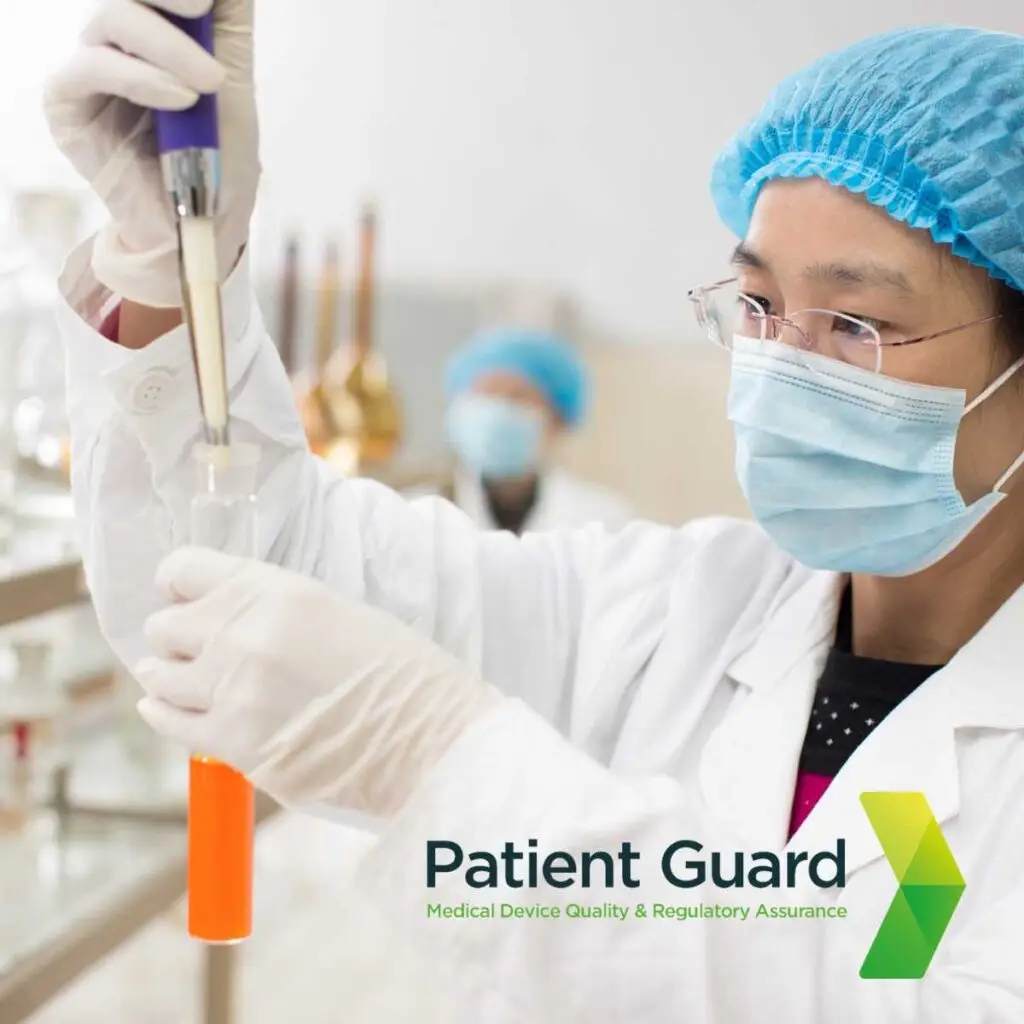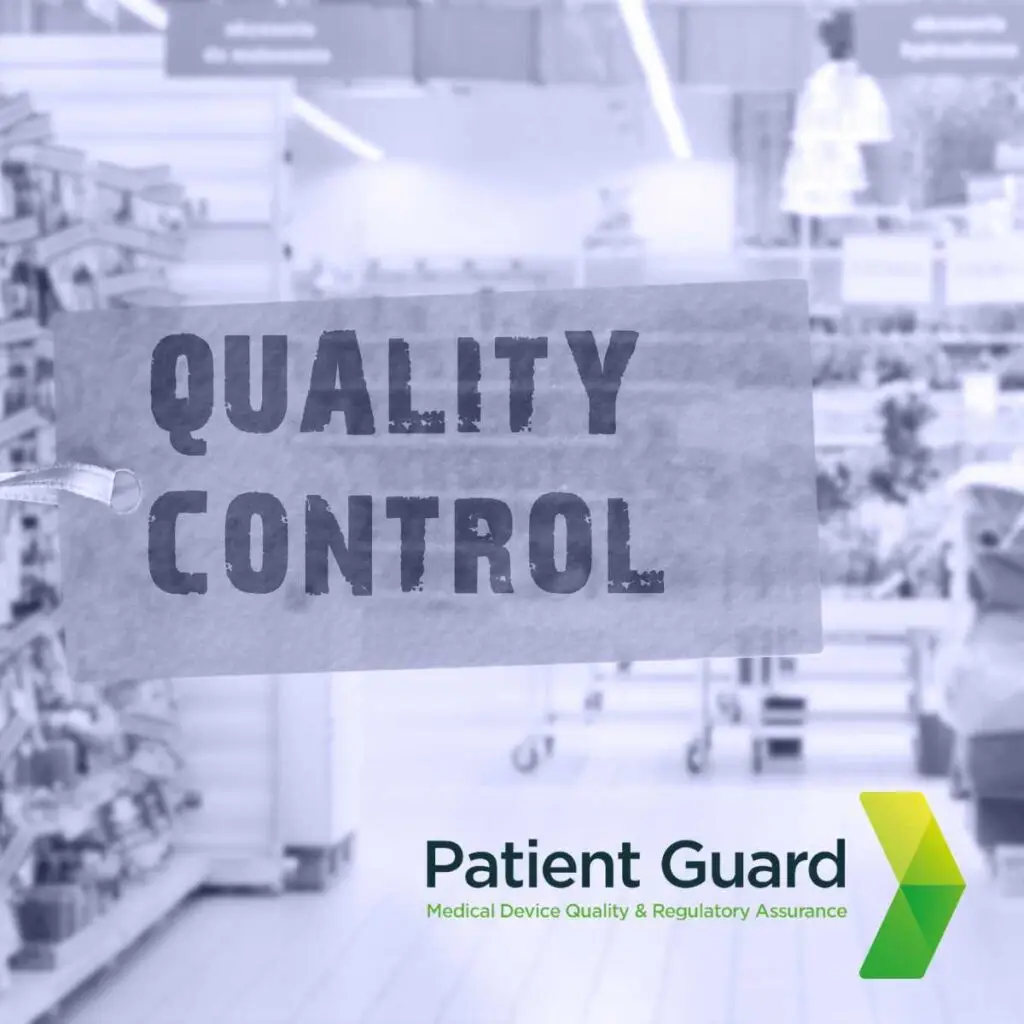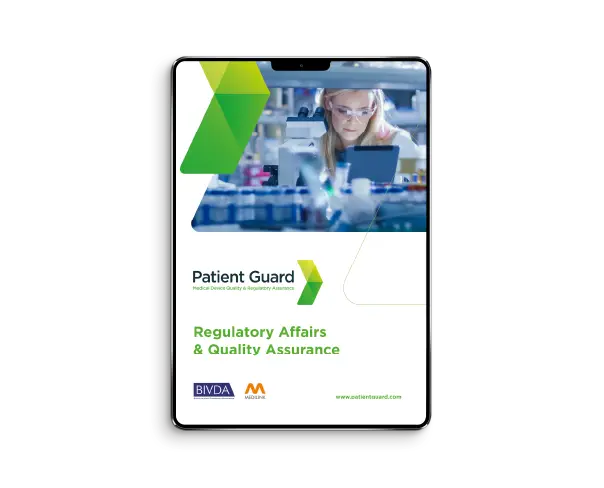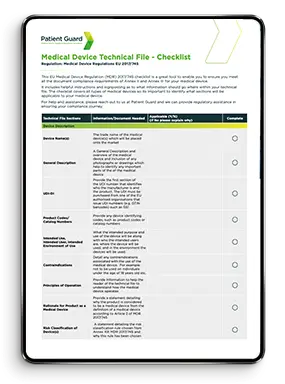Quality Assurance Vs Quality Control
Quality Assurance (QA) vs Quality Control (QC) is a commonly asked question but both are important aspects of Quality Management Systems (QMS). They work side by side but the two are defined differently. It is common for these two terms to be used interchangeably, however, there are distinctive differences between the two. QA manages the quality whereas QC verifies it.
The QMS is the system that connects QA and QC together, with QA sitting within the QMS as a larger aspect, then within QA you will find an element of QC.

FAQs
- Quality Assurance (QA): A proactive process focused on establishing and maintaining systems to prevent defects in medical device development and production. It ensures compliance with regulatory requirements like ISO 13485.
- Quality Control (QC): A reactive process involving inspection, testing, and verification to detect defects in the final products.
Key takeaway: QA is about building quality into processes, while QC ensures quality in the finished products.
QA and QC work together to ensure safety, performance, and compliance:
- QA: Establishes processes to meet regulatory standards, such as the EU MDR, IVDR, and FDA QSR.
- QC: Confirms that devices meet design specifications through testing and inspection.
Pro tip: A strong QA system supports efficient QC practices, reducing the likelihood of defects and recalls.
Quality Assurance (QA):
- Implementing a Quality Management System (QMS) compliant with ISO 13485.
- Conducting internal audits and supplier evaluations.
- Ensuring risk management aligns with ISO 14971.
- Training staff on regulatory requirements.
Quality Control (QC):
- Performing inspections on raw materials, in-process items, and finished devices.
- Conducting functional and performance testing.
- Documenting test results and maintaining traceability.
Key insight: QA builds the framework, and QC applies it to ensure consistent product quality.
Regulatory bodies like the FDA and MHRA mandate strict QA and QC standards to ensure device safety and efficacy. Compliance includes:
- QA Requirements: Establishing documented processes and maintaining audit readiness.
- QC Requirements: Verifying that all devices meet technical and safety standards before release.
Key takeaway: Failing to meet QA/QC standards can lead to penalties, product recalls, and loss of market access.
Patient Guard provides tailored QA and QC support, including:
- QA Services:
- Implementing ISO 13485-compliant QMS.
- Conducting risk management activities and internal audits.
- Preparing for regulatory inspections and certifications.
- QC Services:
- Developing testing protocols for raw materials and final devices.
- Ensuring proper documentation and traceability for regulatory submissions.
Why choose Patient Guard: With extensive experience in QA and QC systems, we ensure your processes are efficient, compliant, and ready for regulatory scrutiny.




